Ultracongeladores Telstar serie Igloo
Telstar ha presentado una nueva línea tecnológica de ultracongeladores de baja temperatura (-86ºC y -45ºC). Gracias a su tecnología de aislamiento por panel de vacío y al uso de refrigerantes ecológicos estándar, éste es el ultracongelador más completo y ecológico del mercado. La máxima seguridad de sus valiosas muestras está garantizada gracias a un sistema de refrigeración de gran capacidad. Estos ultracongeladores están disponibles en diferentes capacidades entre 370 y 830 litros.
Aplicaciones
- Almacenamiento de células madre (laboratorios de investigación / banco de células madre)
- Almacenamiento de virus / bacterias (virología / bacteriología)
- Almacenamiento de médula ósea y tejidos (patología / cirugía)
- Componentes sanguíneos / glóbulos rojos (bancos de sangre)
- ADN, líneas celulares, enzimas, proteínas
- Hospitales universitarios
- Industria farmacéutica
- Clínicas de fecundación in vitro
- Centros oncológicos
- Depuradoras
Inycon distribuimos estos congeladores en toda España. cualquier necesidad que usted tenga al respecto , por favor haganosla saber.
Luis de Miguel









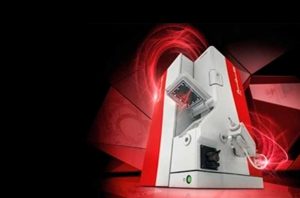
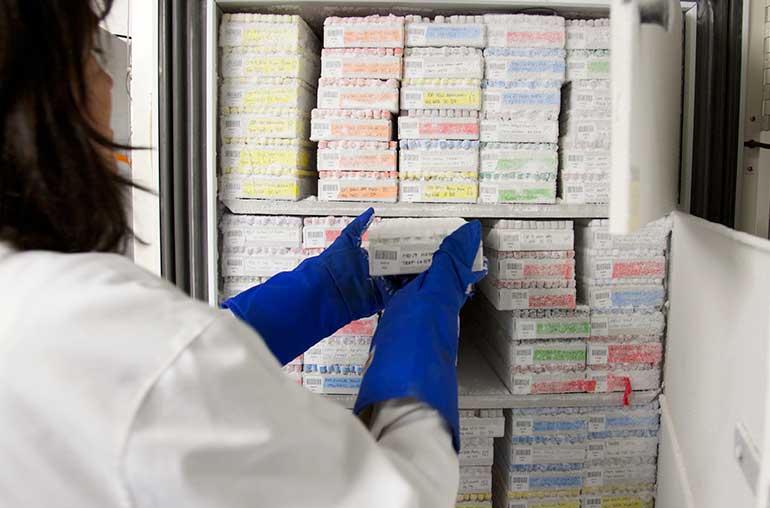
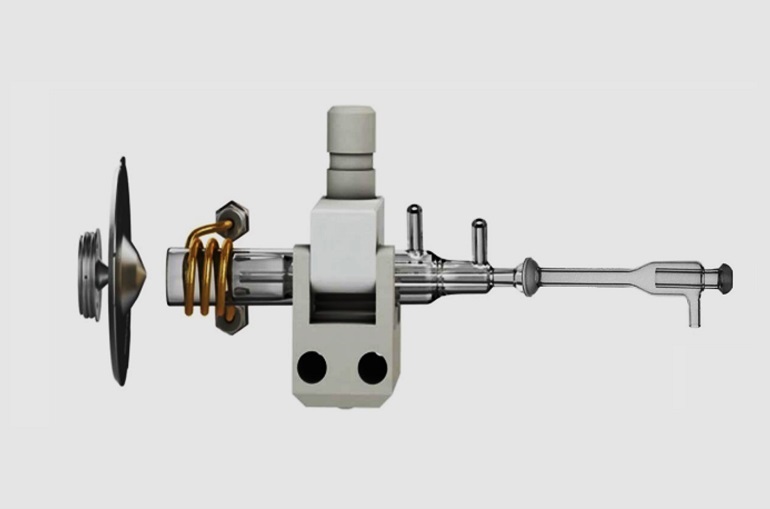
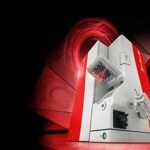
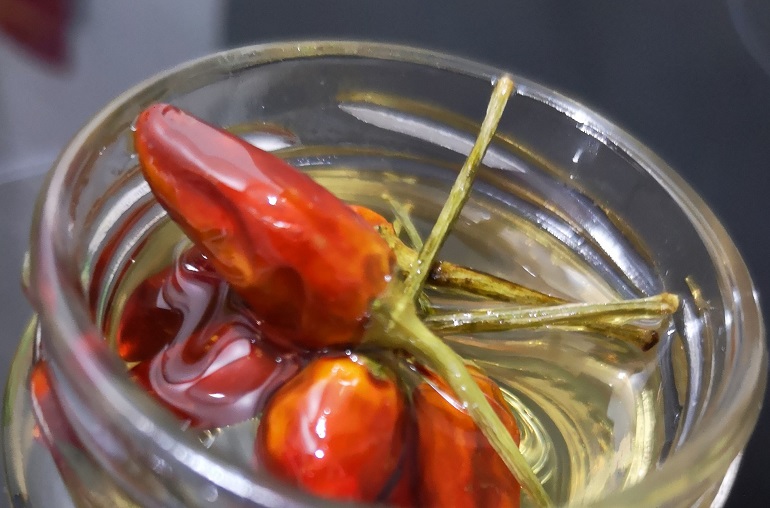
Comentarios recientes